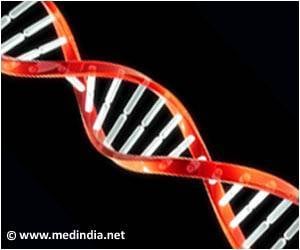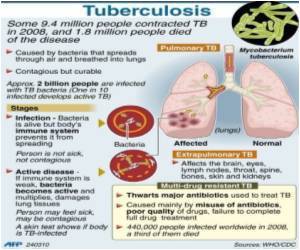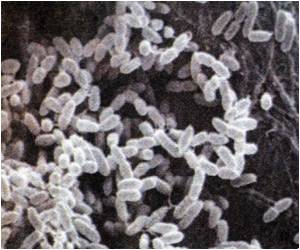A new type of bacteria is discovered by Danish scientists which form a kind of gigantic power lines to survive between the different layers of marine mud.

It was unclear as to what was conducting the current, but the researchers imagined the electric currents might run between different bacteria via a joint external wiring network.
The researchers have now solved the mystery. It turns out that the whole process takes place inside bacteria that are one centimetre long.
They make up a kind of live electric cable that no one had ever imagined existed. Each one of these 'cable bacteria' contains a bundle of insulated wires that conduct an electric current from one end to the other.
"Our experiments showed that the electric connections in the seabed must be solid structures built by bacteria," says PhD student Christian Pfeffer, Aarhus University.
He could interrupt the electric currents by pulling a thin wire horizontally through the seafloor. Just as when an excavator cuts our electric cables.
Advertisement
"The incredible idea that these bacteria should be electric cables really fell into place when, inside the bacteria, we saw wire-like strings enclosed by a membrane," says Nils Risgaard-Petersen, Aarhus University. Kilometers of living cables
Advertisement
"Such unique insulated biological wires seem simple but with incredible complexity at nanoscale," says PhD student Jie Song, Aarhus University, who used nanotools to map the electrical properties of the cable bacteria.
Source-ANI












